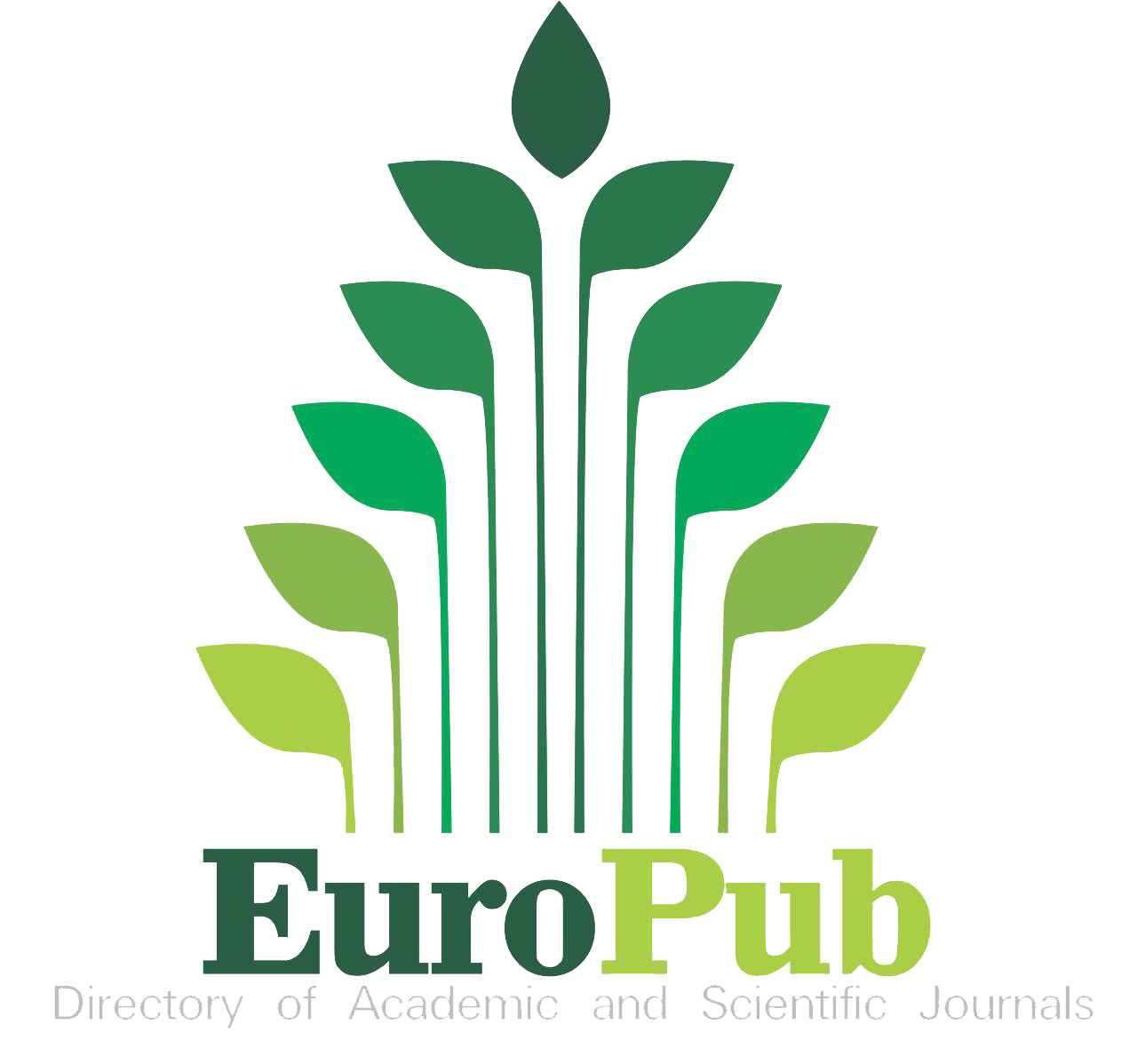Symbolism and meaning in city monuments: a semiotic study
DOI:
https://doi.org/10.56724/ladu.v4i6.288Keywords:
meaning, symbol, monument, CianjurAbstract
Background: Every monument erected has a meaning and symbol. The meaningfulness of a wait is related to its culture. Cultural signs are visualized through symbols in the form of monuments. Cultural meaning through symbols is an integral part of the cultural journey. In the past, the monument was embodied in the form of an inscription attached to a complete unity in the temple building. Today, visualization is symbolized through monuments, either in the form of statues or in the form of other replicas. The monuments that stand in each city are a reflection of cultural meanings and symbols
Purpose: This study aims to read the text of the monument in meaning and symbol.
Design and methods: The research method uses a semiotic approach. Data collection techniques are carried out through literature. Data analysis techniques are carried out through analysis descriptions. The subject of research is several monuments in the city of Cianjur.
Results: The results of the analysis of the monuments in the city of Cianjur show that all existing monuments are symbols of Cianjur as a city producing tauco, a city that has a maos culture, agricultural culture in the form of a pandan wangi monument. The results of the study can be concluded that cultural meanings and symbols can be realized in the form of monuments. It is suggested, the construction of the monument has more aesthetic value, in addition to meaning and symbols.
Downloads
References
Capp, B. (2022). Popular Culture(s). In The European World 1500–1800 (pp. 301–310). Routledge. https://doi.org/10.4324/9781003140801-32 DOI: https://doi.org/10.4324/9781003140801-32
Djelantik, A. A. . (1999). Estetika: Sebuah Pengantar. Masyarakat SEni Pertunjukan Indonesia.
Koentjaraningrat. (2004). Manusia dan kebudayaan di Indonesia. https://lens.org/146-705-904-252-214
Köhler, W. (1947). Gestalt Psychology: An Introduction to New Concepts in Modern Psychology. Liveright.
Kollosche, D. (2015). Criticising with Foucault: Towards a Guiding Framework for Socio-Political Studies in Mathematics Education. Educational Studies in Mathematics, 91(1), 73–86. https://doi.org/10.1007/s10649-015-9648-5 DOI: https://doi.org/10.1007/s10649-015-9648-5
Leahey, T. (2003). Gestalt psychology. In The Cambridge History of Philosophy 1870–1945 (pp. 649–657). Cambridge University Press. https://doi.org/10.1017/CHOL9780521591041.056 DOI: https://doi.org/10.1017/CHOL9780521591041.056
Liliweri, A. (2003). Makna budaya dalam komunikasi antarbudaya. LKIS Pelangi Aksara.
Sanjaya, V., & Gandha, M. V. (2022). Ekologi Budaya Dan Tradisi : Hidup Di Dalam Ruang Arsitektur Multi Etnis. Jurnal Sains, Teknologi, Urban, Perancangan, Arsitektur (Stupa), 3(2), 1875. https://doi.org/10.24912/stupa.v3i2.12479 DOI: https://doi.org/10.24912/stupa.v3i2.12479
Downloads
Published
How to Cite
Issue
Section
License
Copyright (c) 2024 Frisyi Fitriyani Fauziyah, Zainal Rafli, Samsi Setiadi

This work is licensed under a Creative Commons Attribution 4.0 International License.
Authors who publish with this journal agree to Copyright notice.














